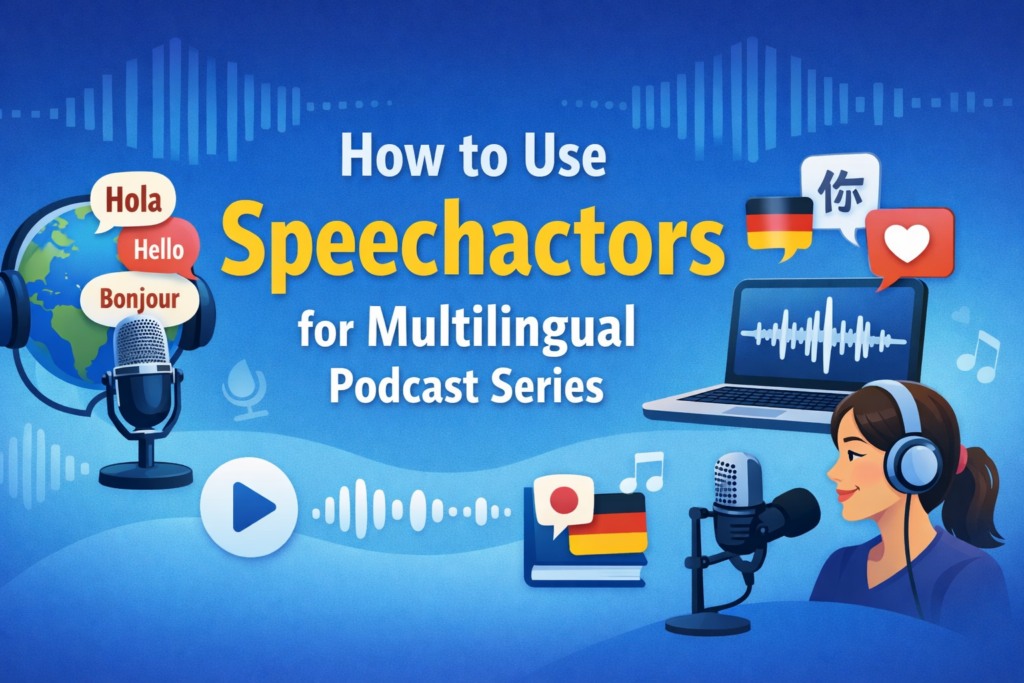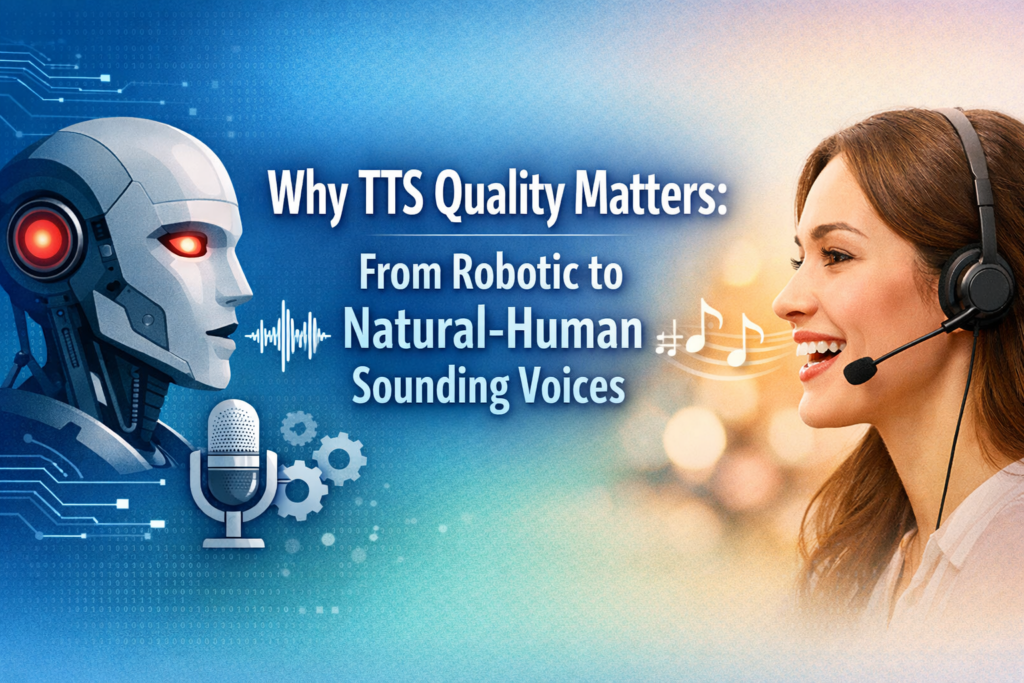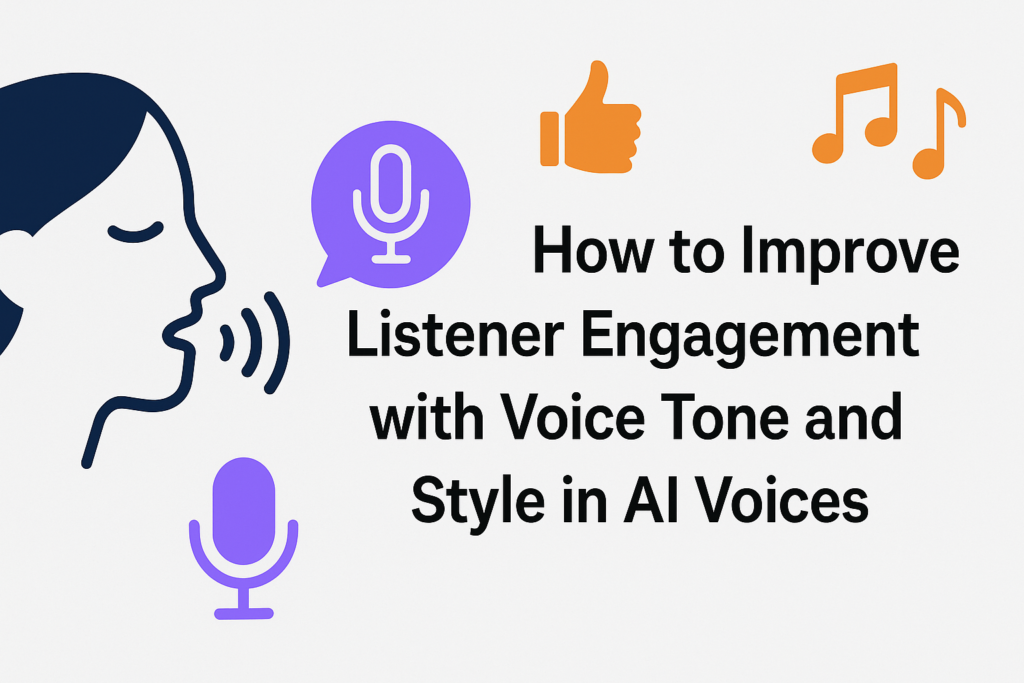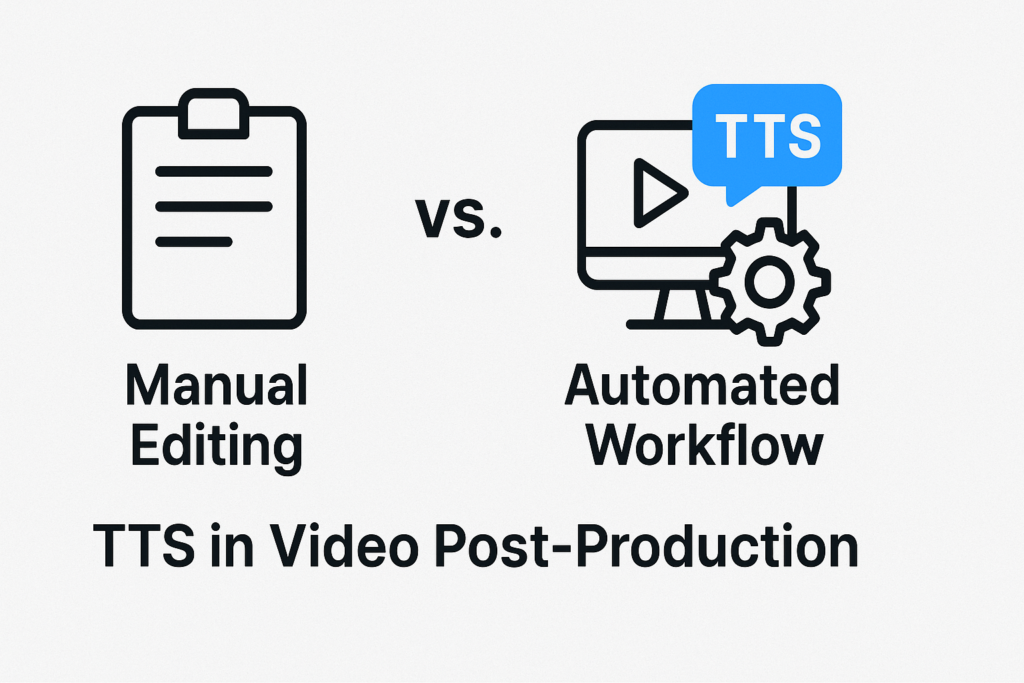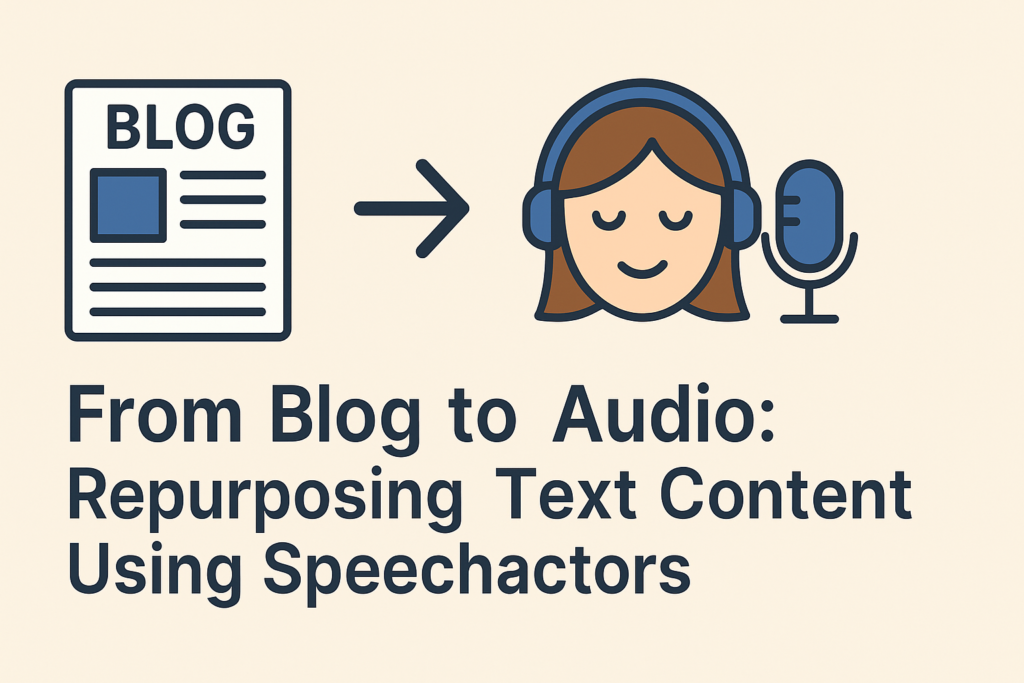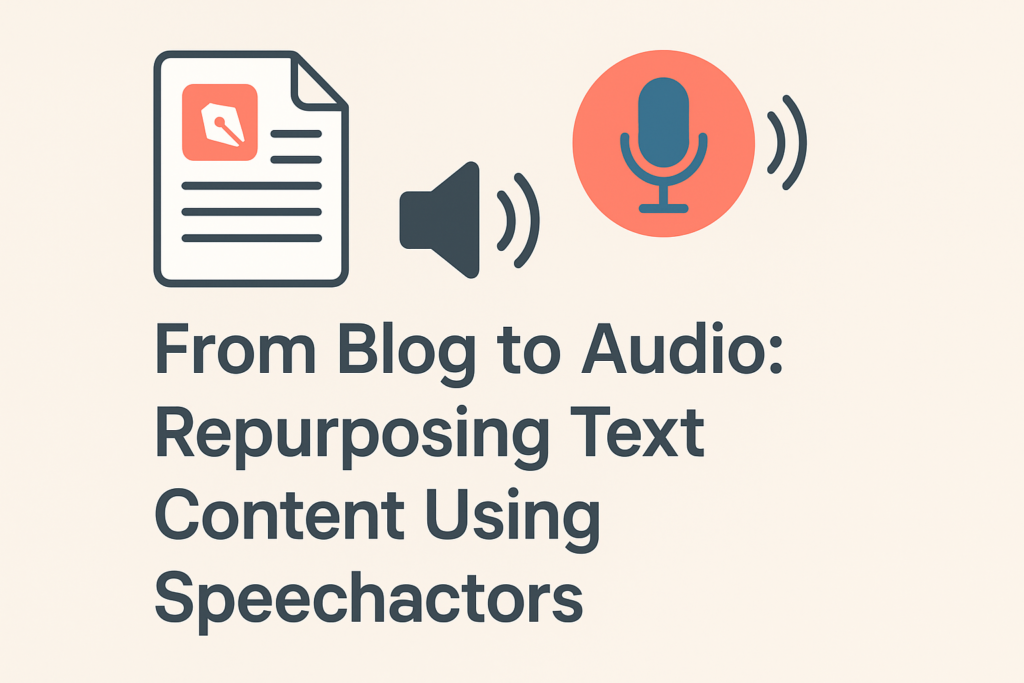Speechactors vs Free TTS Tools: Hidden Costs and Limitations Explained
If you are a content creator or business owner, you likely know the struggle of finding a good voiceover. You want something that sounds human, but hiring a professional voice actor is expensive and slow. This is where Text-to-Speech (TTS) tools come in. Naturally, the first instinct is to look for free options. Why pay […]
Speechactors vs Free TTS Tools: Hidden Costs and Limitations Explained Read More »
